
Gravel is an inexpensive paving material overall, but costs vary by type. Find out what average gravel prices will look like for your project.
Let’s dig deep to find the answer


Convert the cubic footage of your garden bed into cubic yards.
The deeper your garden bed, the more yards of dirt you’ll need to fill it.
Order bulk dirt delivery to save on costs.
There’s nothing quite like a summer garden blooming with flowers, plants, and produce. But without the proper soil, your garden might wither instead of bloom. So, when you’re planning a new garden bed, calculating how many yards of dirt you need is a must. This guide will walk you through the process so you can ensure you order just the right amount.
The best types of growing soil, dirt, mulch, compost, and topsoil are all measured in cubic yards. The amount you need will depend on the size of your garden bed and the desired soil depth. Here are some examples:
| Bed Size in Feet | Square Footage | Yards of Dirt Needed (3” Depth) | Yards of Dirt Needed (6” Depth) |
|---|---|---|---|
| 2x15 | 30 | 0.28 | 0.56 |
| 4x8 | 32 | 0.3 | 0.59 |
| 4x10 | 40 | 0.37 | 0.74 |
| 6x12 | 72 | 0.67 | 1.33 |
| 8x12 | 96 | 0.89 | 1.78 |
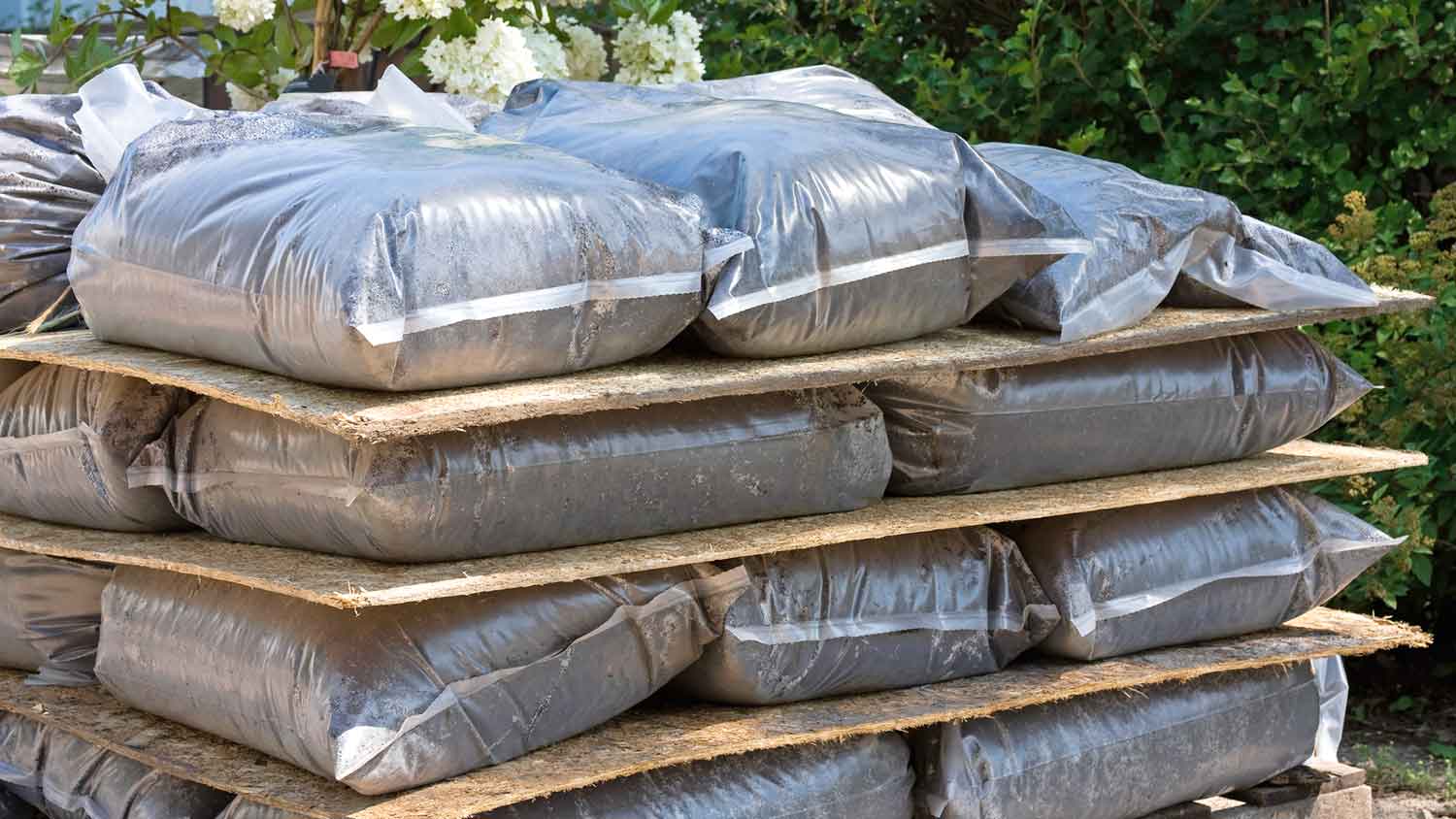
The formula to calculate the amount of dirt you need for your garden involves measuring the area’s cubic footage and converting it to cubic yards. Here’s how to do that.
Cubic Yards of Dirt Needed = Area Cubic Footage / 27
If you’re ordering dirt in bulk, you can just order what you need. If you’re buying bags of dirt, check how many yards each bag contains to determine how many bags you’ll need.
Measuring for dirt might seem complex because you need to convert feet to yards, but the process is actually quite simple. Follow these steps to determine how much dirt you need for your garden project:
Multiply the length and width of your garden bed in feet to get the total square footage.
Divide the desired depth of your dirt layer in inches by 12 for the soil depth in feet.
Multiply the square footage by the soil depth in feet to get the total cubic footage.
Divide the cubic footage by 27 to get the total cubic yards.
For example, a 4-foot-by-10-foot garden bed measures 40 square feet.
If you want a 3-inch-deep layer of dirt, that’s 0.25 feet.
Multiply the total square footage by the soil depth for a total cubic footage of 10.
Finally, divide the cubic footage by 27 for a total of 0.37 cubic yards of dirt required for the space.
From there, you can calculate your total fill dirt costs to prevent expensive future surprises.
If you only need a few bags of dirt, you can head to your local garden center and load the bags in your car or truck. However, it’s more cost-effective for larger projects to have dirt delivered in bulk by a local dirt-hauling company. Many of these contractors will also install the dirt in your yard (or even build up the soil and regrade your house foundation), saving you from the back-breaking manual labor. However, you can also have the dirt delivered and move it to the required areas yourself.
From average costs to expert advice, get all the answers you need to get your job done.

Gravel is an inexpensive paving material overall, but costs vary by type. Find out what average gravel prices will look like for your project.
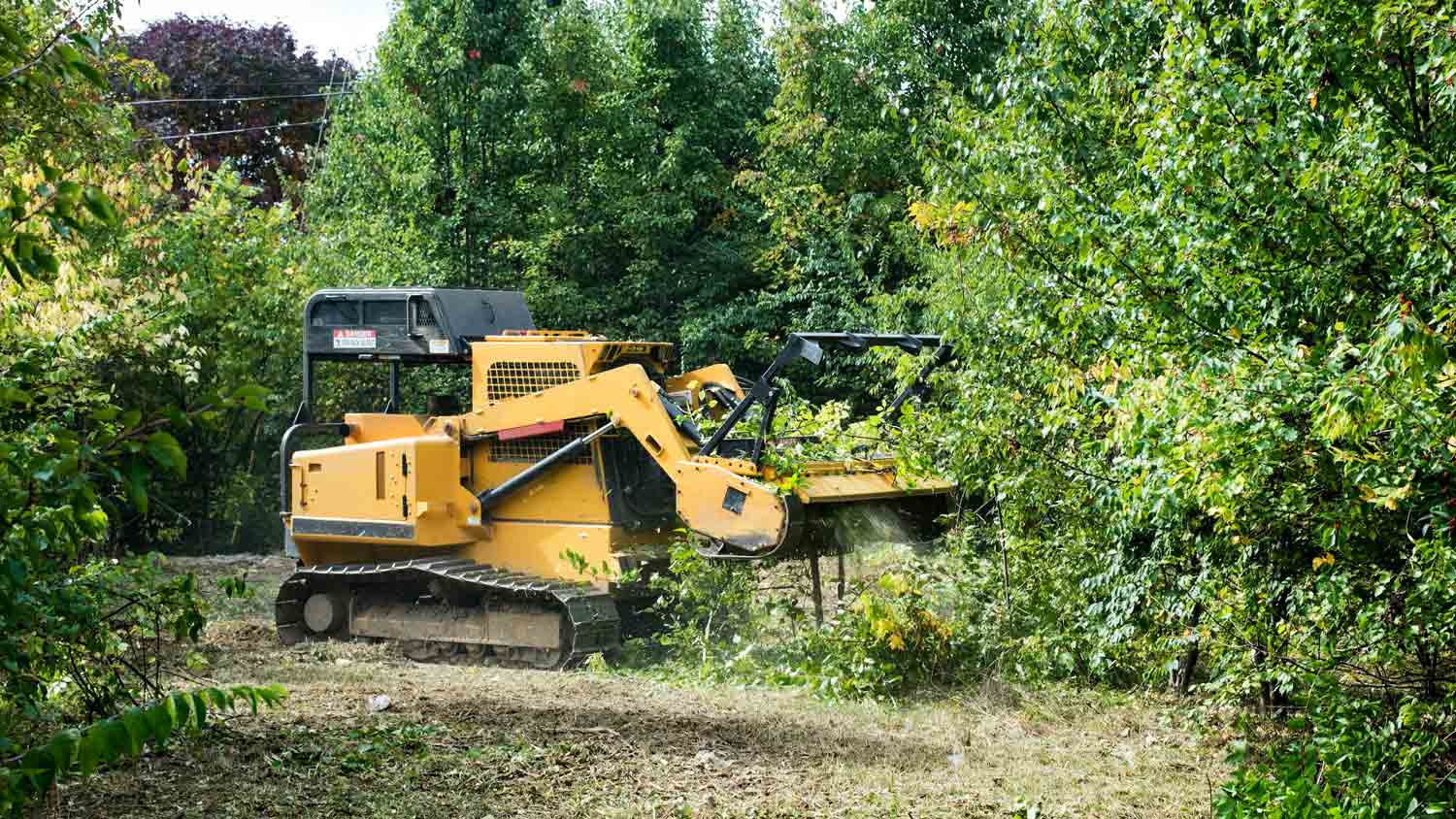
Discover the average forestry mulching cost, including per-acre and hourly rates, plus key factors that impact your total price. Get expert tips to save on your project.
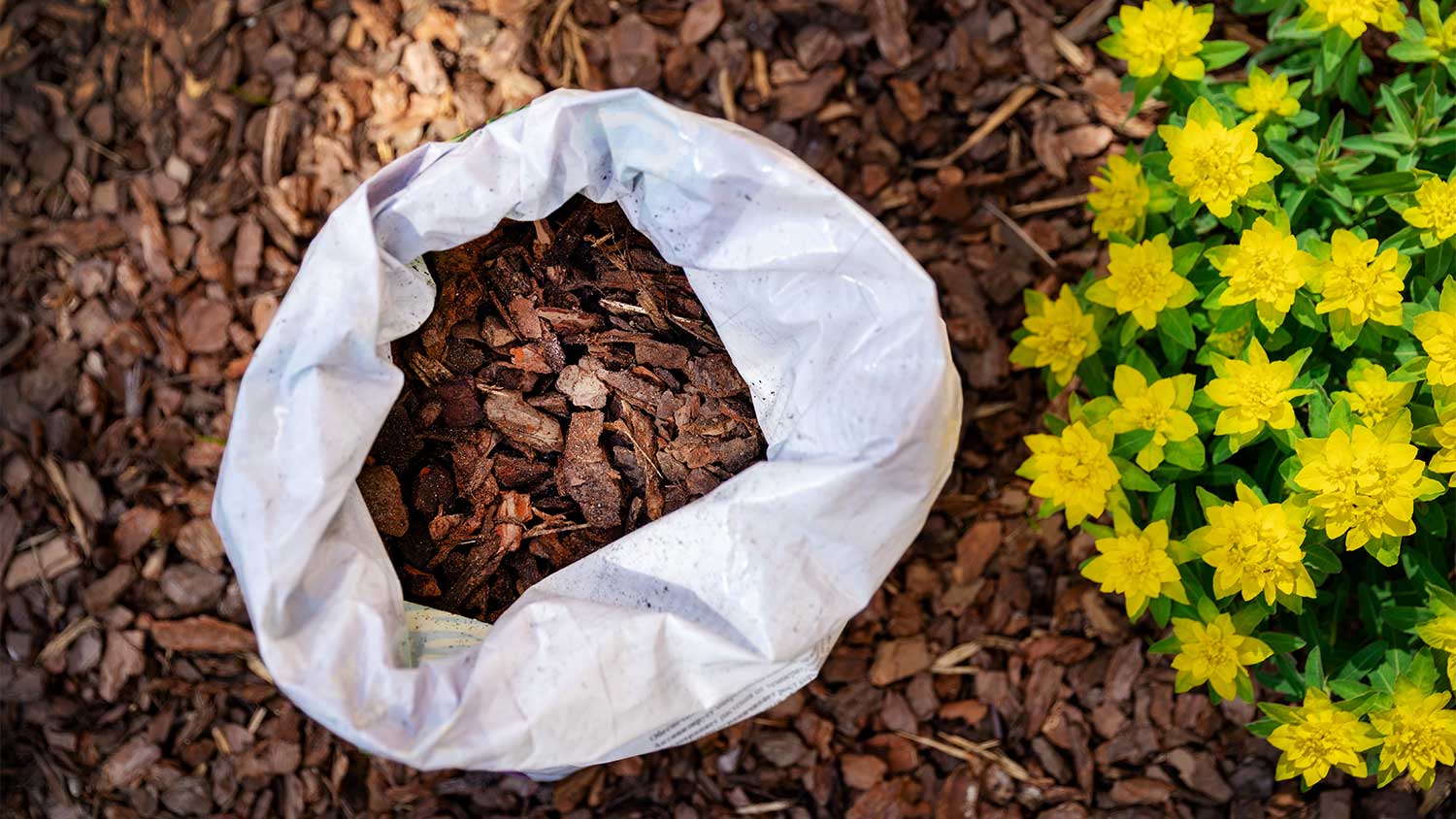
Find out the average mulch delivery and installation cost, plus key factors that impact your price. Learn how to budget, compare options, and save on your landscaping project.

Whether you should remove old mulch depends on your unique situation and personal preferences. Learn more about how to handle last season’s spread.
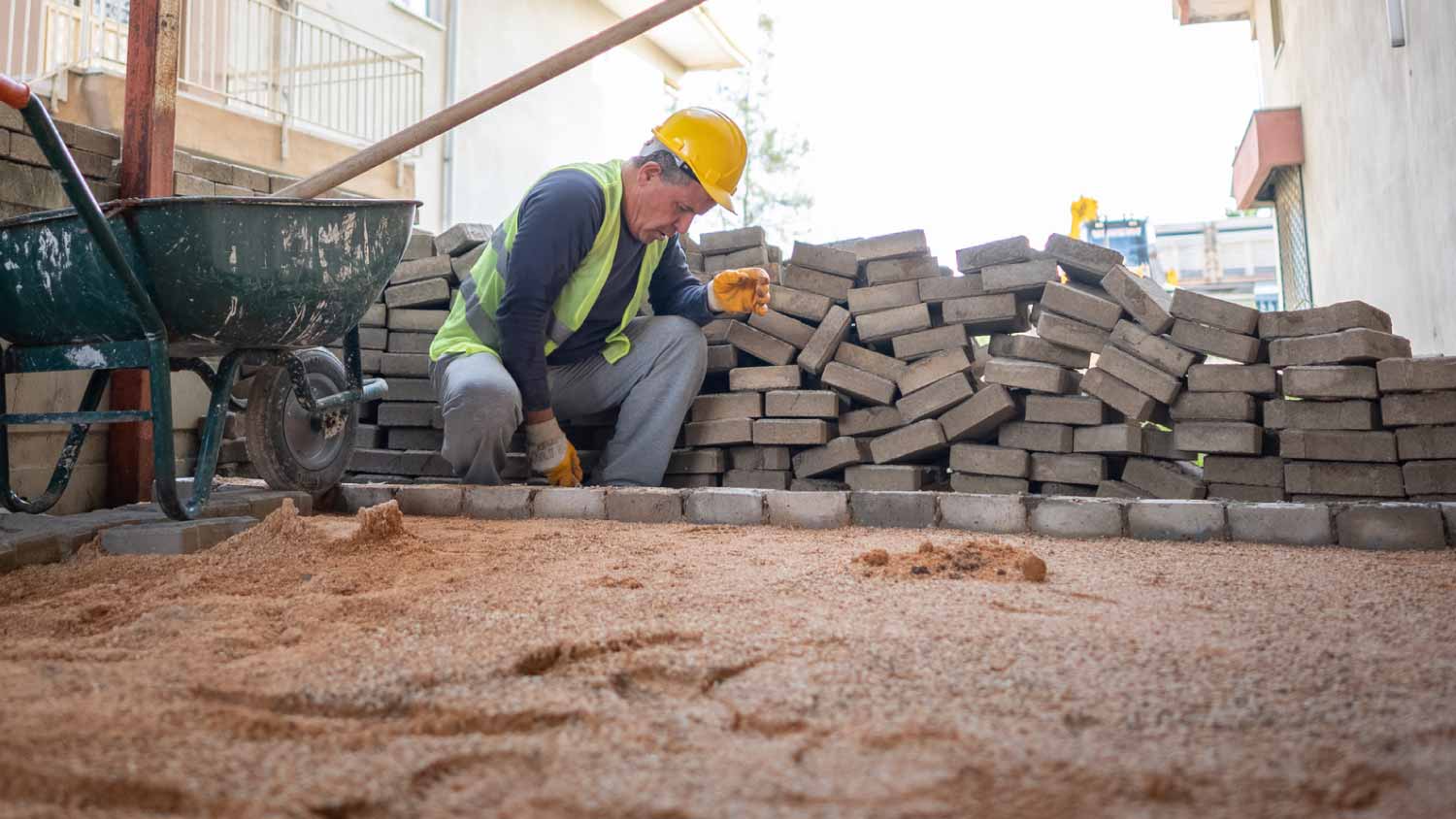
This calculator will help you estimate how much sand you’ll need to complete your hardscape project.
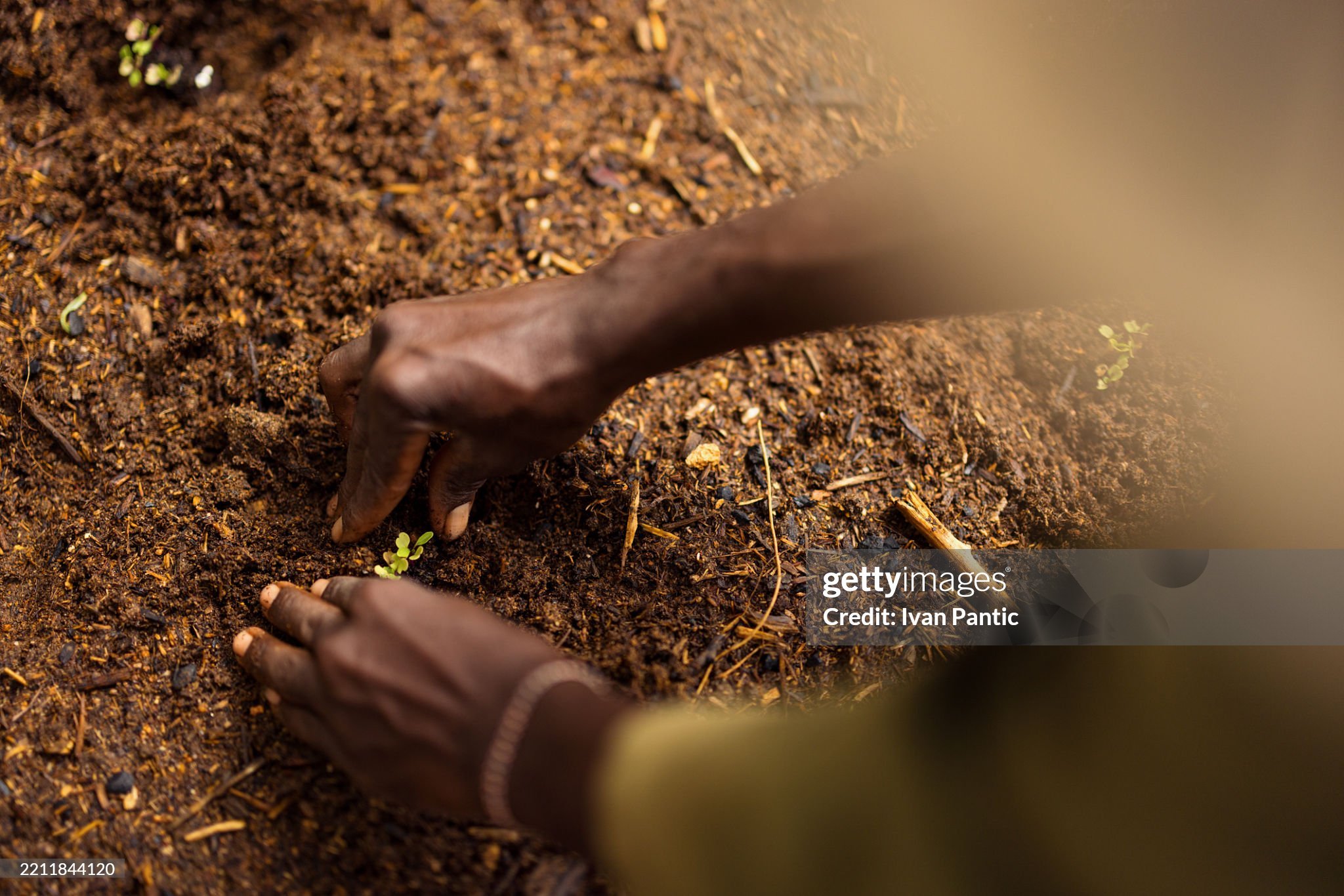
This calculator helps you estimate how much topsoil you need, so you can purchase materials and budget for your project, whether it’s for your lawn or garden.